Have you ever wondered what is fish food made of? Is it made of delicious, nutritious fish flakes? What if I told you that fish food isn’t made of flaked fish at all? Most people think that they are feeding their goldfish food made out of 100% fish filets and others think they are feeding their fish with dead fish? Let’s find out exactly what is fish food made of.
Types of Fish Food
There are many types of fish food. But there are three types which are the main ones.
- Flake Food
- Freeze-Dried Food
- Live Food
1- Flake Food
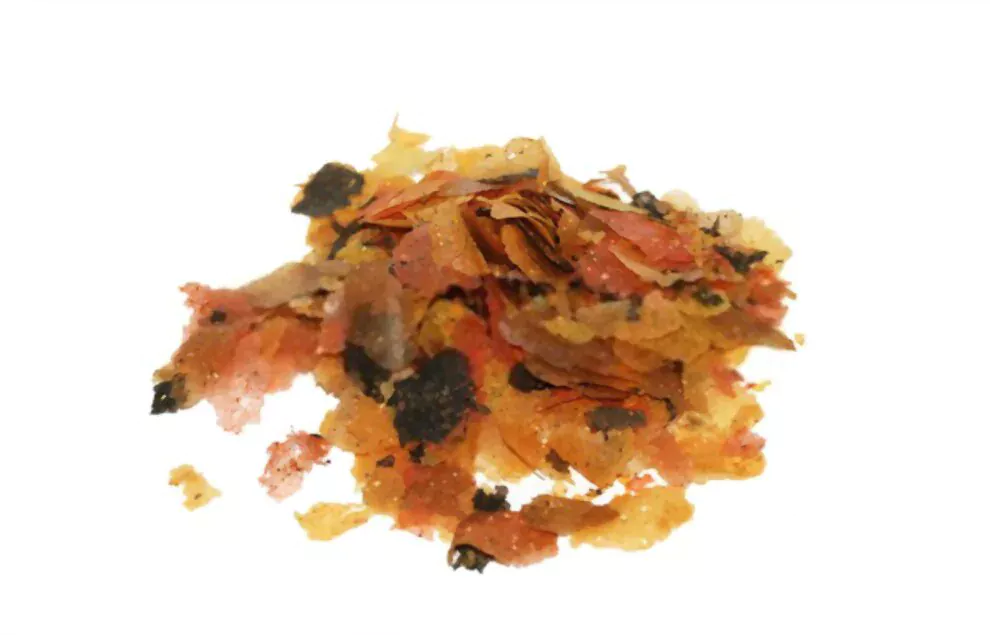
Flake is a type of fish food that is made from pressed fish, normally using fish waste (heads, bones, and other parts). It is available in a variety of sizes and colors, depending on the particular species of fish used.
Flake food can be manufactured in either floating or sinking form, though most fish readily adapt to eating the sinking variety. Many pet stores sell specialty foods for different types of aquarium fish, such as goldfish flakes or betta flakes.
The flaking process is simple: wet fish is pressed through a die with approximately 1% moisture content remaining. A small amount of colorant is added to produce standardized colors, which vary according to brand and type of flake. The “flake” is then dried into individual pieces, usually with a shape similar to potato crisps (chips), with the texture of potato chips or granola.
Once manufacturing has been completed and the product is packaged, it will remain edible for several years if stored appropriately.
2- Freeze-Dried Food
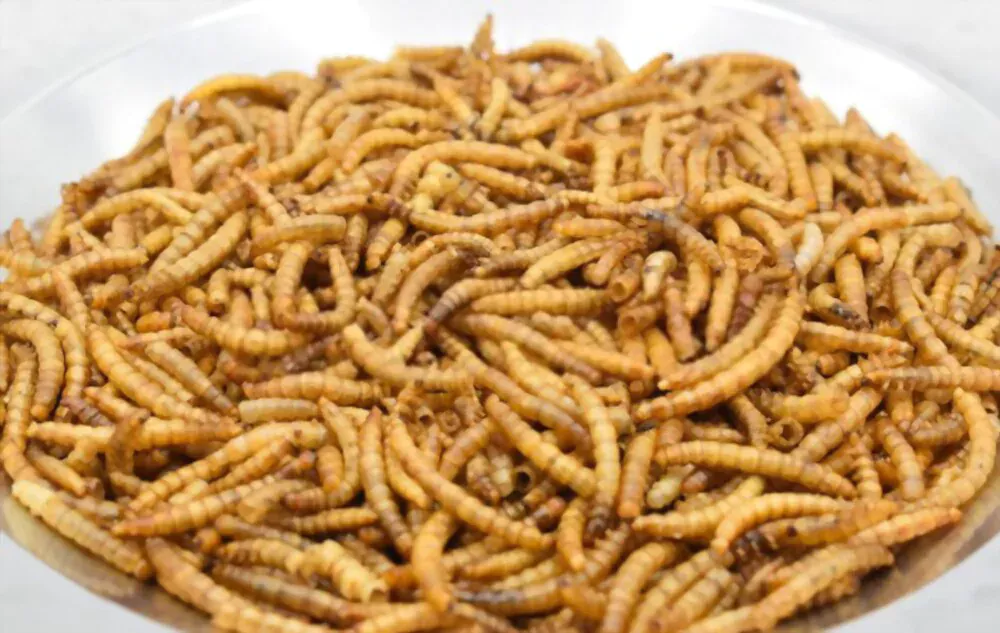
Freeze Dried Food is also a popular type of fish food. It comes in many different types, for example, bloodworms, brine shrimp, daphnia, and so on.
Dried Fish Food is extremely popular with tropical fishkeepers because it provides a very close Live Food experience. They are also great for many types of freshwater fish such as tetras, gouramis, and angelfish. In addition, they can be used as a treat food for cichlids and marine fish too.
The main advantage of using frozen fish food is that you can feed fish easily. You simply take a pinch out of the tub or foil packet and sprinkle it into the tank and most fish eat eagerly by coming up to the surface of tank water.
There is no mess or clean-up with this type of food and you do not have to worry about any uneaten food sinking to the bottom of the tank and causing problems there.
Another great thing about these foods is that they contain virtually no fat at all. This makes them an ideal staple diet for many species of fish which suffer from obesity or other weight-related problems when fed too much high-fat food like flake foods or pellets.”
3- Live Food
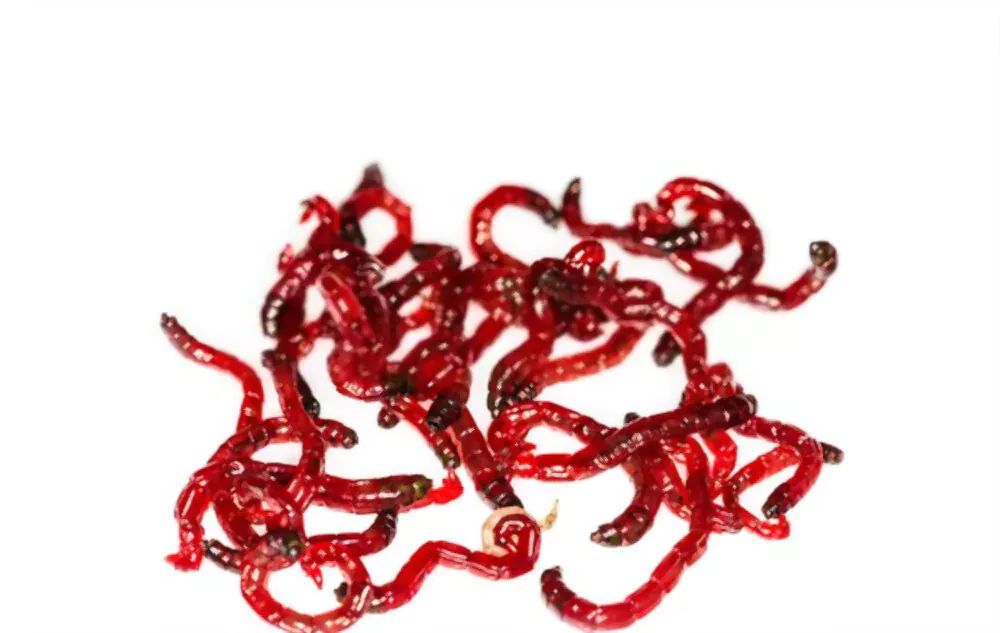
Live Food includes small crustaceans, brine shrimp, small fish, and insects. Examples of live foods include bloodworms, blackworms, sandworms, glass worms, and tubifex. Live foods are nutritious; however, they can transmit some diseases from fish to fish. Some fish are reluctant to eat frozen food when switched from a diet of live food. Freeze-dried foods should be offered as an alternative to live foods for these fish.
Some fish are accustomed to eating live prey almost exclusively in the wild, so they may refuse any other type of food for a while after being introduced into captivity. This can be particularly troublesome for aquarists. In that case, Live Food is the best option.
Please keep in mind some fish are aggressive eaters and will eat all of the live food in a tank. This can lead to inadequate nutrition for slower-feeding fish. So always keep an eye on these fish and make sure they eat well.
What is Fish Food Made of?
The fish food ingredients can be categorized into these 4 categories:
- Proteins
- Carbohydrates
- Vitamins
- Minerals
1- Proteins
Proteins come from animal sources, such as fish meal, shrimp meal, and vegetables. Vegetable proteins are also used in some foods. Fish require amino acids, which are the building blocks of protein, to maintain their tissues and organs. The amount of protein present in a fish food for aquarium depends on the species and size of fish it is intended for. Goldfish food, for example, contains about 35 percent protein and marine fish food usually contains about 45 percent.
2- Carbohydrates
Carbohydrates provide energy for fish. They come from squid meal and are also found in grains like wheat flour and cornmeal. Fish also need fats from vegetable oils or animal fats to stay healthy. Fats help fish absorb fat-soluble vitamins A, D, and E.
3- Vitamins
Vitamins provide nutrients that help maintain a healthy immune system in fish. Some vitamins are more important than others; vitamin C is critical for most freshwater species while other vitamins are only necessary for certain situations or if certain foods are included in the diet. Vitamins A and D help prevent eye problems in goldfish but aren’t essential for any other species except as part of a general vitamin supplement mix.
4- Minerals
Minerals are among the most essential part of fish food. Minerals come from things like gravel, rocks, and fine sand.
A few minerals, such as calcium and magnesium, are needed by all aquarium inhabitants to maintain healthy bones and scales. Others, such as iodine, may only be necessary for certain species.
Fish Food Ingredients List
If we summarize the above-mentioned categories, Fish food for aquarium is made of the following ingredients:
- Fish Meal
- Shrimp Meal
- Vegetables
- Squid Meal
- Wheat Flour
- Corn Meal
- Animal Fat Oil
- Vitamin A, D, and E
- Minerals
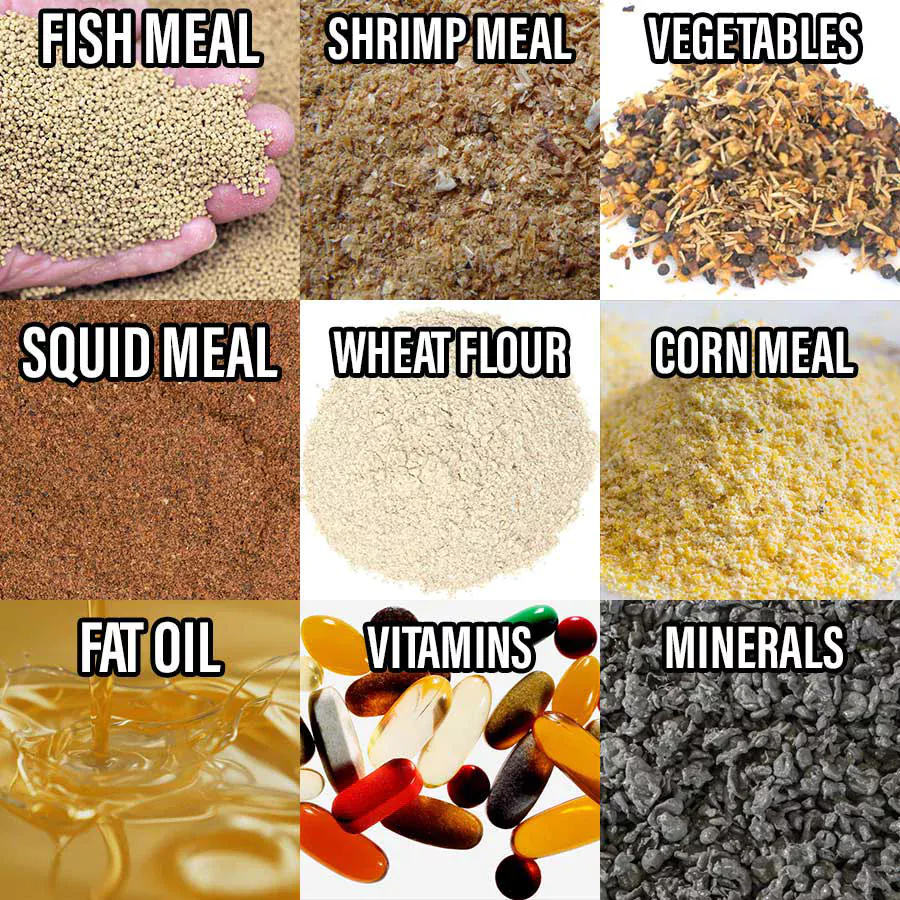
How Do They Make Fish Food?
Most fish food is manufactured by grinding up the ingredients into a powder and then either pressing it into flakes or extruding it through an underwater die to create pellets or granules. In some cases, the pellets may be cut into shorter pieces before they’re dried in a special oven.
When the fish food comes out of the oven, it’s very crispy, kind of like a crunchy breakfast cereal. Then, it goes through another process called coating, which adds vitamins and minerals to the mix:
After they’re coated, the fish food nuggets are cooled and packaged. These final steps might seem simple enough, but you have to keep in mind that all of this has to happen in a facility that’s clean enough for human consumption! After all, if contaminates got into your fish food, your fish would get sick.
Is Fish Food Made Of Dead Fish?
This is an interesting question, with no simple answer. I will start by saying that the majority of fish food pellets are not comprised of dead fish. However, it is a fact that most commercial fish foods contain some amount of fish meal or fish oil, which does come from dead fish. What’s important to note here, though, is that the source of these ingredients has nothing to do with how the fish died.
Feed Your Fish A Variety Of Food
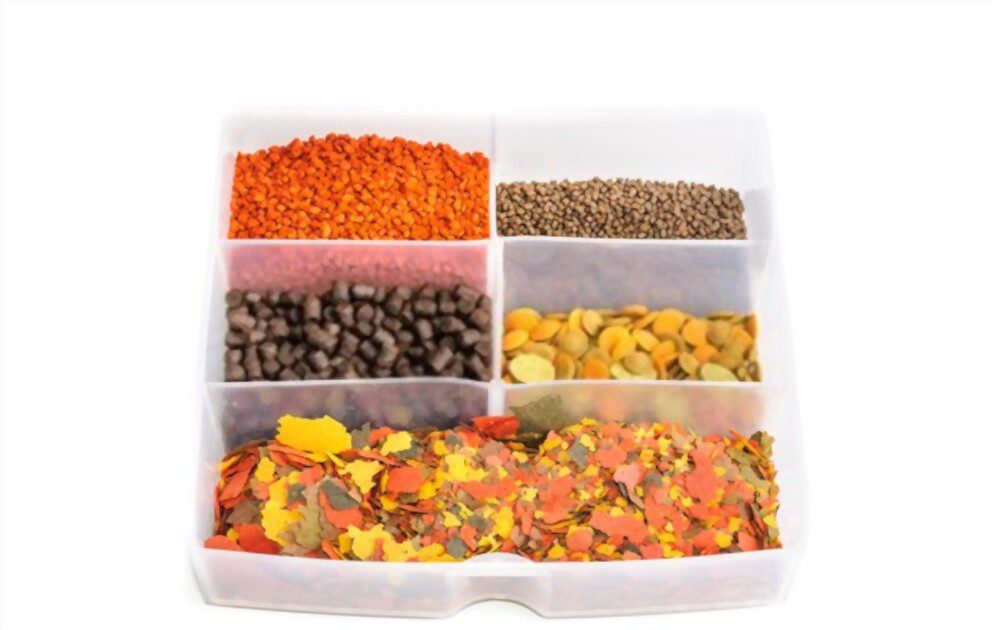
Variety is the spice of life, and it’s also good for your finned friends! A varied diet will help keep them healthy and give them a long lifespan.
As Discussed Earlier, There are many different types of fish food available, While you’re unlikely to find a single one that will meet all the nutritional needs of your fish, you can give them a healthier diet by rotating between different kinds of food.
If you want to see your fish in their full glory, feed them well! For example, colorful tropical fish will look more vibrant if they eat color-enhancing flake or pellet food. Many types of live food (like bloodworms) are natural to tropical fish but don’t overdo it since they are not as nutritious as other types of food.
Final Thoughts
Like your typical aquarium setup, fish food for aquarium is comprised of more than just the main ingredients. In fact, it’s actually pretty difficult to tell what type of compounds are used within each fish food brand. While that may be an annoyance for some people, others will likely appreciate the extra layers of secrecy as well.
Nonetheless, we did our best to find out what is fish food made of. If you’re still curious about some other aspect of one of the brands below, don’t hesitate to shoot us a comment! We’ll do our best to update this page as new information becomes available.
